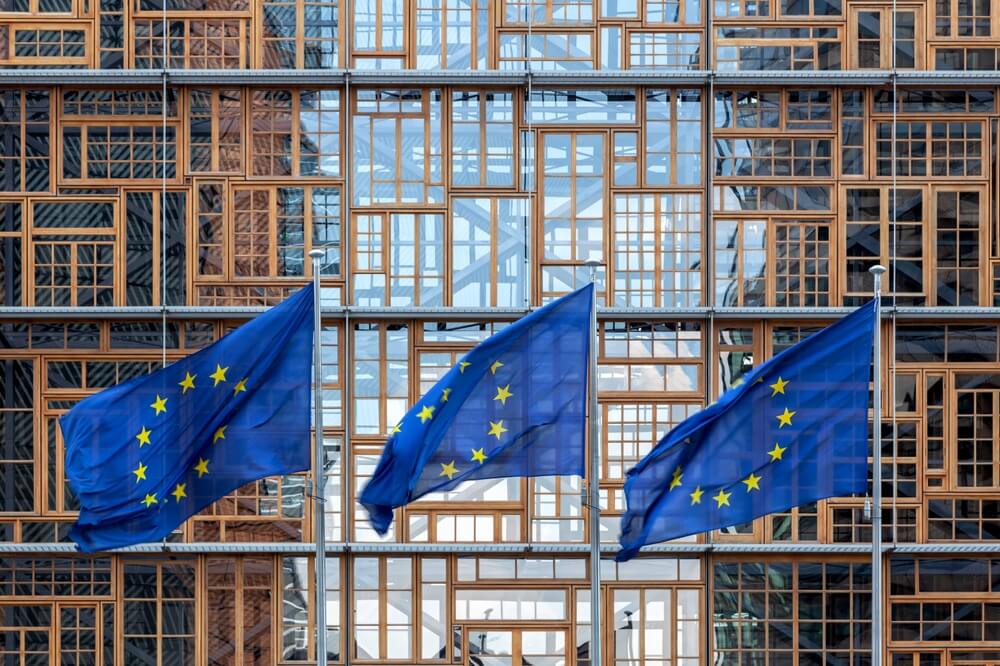Europe is nearing the conclusion of another summer marked by extraordinarily high temperatures and water shortages, for which there is yet no comprehensive and long-term solution.
Drought and unusually high temperatures will also affect large parts of Europe in the coming months, prolonging unfavourable climate conditions for the majority of the year.
Without precipitation, heat will cover the southern parts of France, central Italy, the Iberian Peninsula, most of central and eastern Europe, Ukraine, and southern Russia.
Extremely high temperatures in the summer months are becoming the new normal for a large number of Europeans, but the problems they face as a result seem difficult to solve.
The water shortages due to climate change affect 20–30% of Europe's surface and 30–40% of its population.
The area with increasing water stress from year to year expands from the southern parts of the continent towards its centre and parts in the northwest.
Agriculture is the biggest victim
According to the European Commission's calculation, the direct damage resulting from drought and water shortages from 2019 to the present is approximately EUR 9 billion annually. The damage will continue to increase as a result of repeated new weather patterns and prolonged dry periods (such as the current one).
Continuous temperature rise, long-term droughts, and the lowering of river and reservoir levels primarily harm agriculture, accounting for half of Europe's total damage.
“Droughts and precipitation volatility could cause Europe's food production to drop by millions of tons every year, resulting in higher food prices and potentially affecting food security and drinking water supplies,” concluded Stratfor in a recent analysis.
The EU has allocated the necessary funds and operations to address the increasing water shortages for agricultural purposes
The EU has allocated the necessary funds and operations to address the increasing water shortages for agricultural purposes in the Common Agricultural Policy until 2027. This plan includes support for action on cultivating drought-adapted crops, establishing or restoring landscape features like ponds and hedges, stimulating agroforestry, and improving irrigation equipment and infrastructure.
It is part of a package of close to EUR 100 billion for the period from 2023 to 2027, with which the EU stimulates agriculture to bring specific environmental benefits.
Lack of drinking water
However, these and similar long-term and strategic plans cannot fully respond to the growing needs of European countries to protect themselves from the consequences of droughts and water shortages.
Endangered countries resorted to extraordinary measures this summer to alleviate water supply problems, often introducing restrictions on water consumption.
However, leaks and installation mismanagement still result in the loss of up to a quarter of drinking water in water supply systems across Europe. This problem is particularly challenging in southern and eastern Europe, where droughts and growing water shortages are prevalent.
The methods used so far for water supply, such as large accumulations and reservoirs, are becoming less reliable year by year due to low inflow
At the same time, the methods used so far for water supply, both for agricultural needs and for the production of drinking water, such as large accumulations and reservoirs, are becoming less reliable year by year due to low inflow.
For example, differences in rainwater use are still significant from country to country, from Spain, which uses close to 20%, to France, which collects and uses less than 2% of rainwater.
This year, losses in agriculture due to high temperatures and droughts will continue to affect food prices, especially for producers in the most affected areas.
Insufficient time to implement strategies
Because of climate change, Europe is warming faster than other regions of the world, and its southern, central, and eastern parts are warming faster on average than the rest of the continent.
 The European Council included water resilience in the European strategic agenda for the period until 2029
The European Council included water resilience in the European strategic agenda for the period until 2029
According to a study from last March, extreme heat and longer droughts due to global warming will raise food inflation by 30% to 50% in Europe by 2035.
At the end of June, the European Council included water resilience in the European strategic agenda for the period until 2029 as one of the priorities for the mandate of the European Parliament and the European Commission elected after the June elections.
The new parliament and commission will not have much time to implement this strategy because the next summer may be even hotter and dryer than the one that is about to end, causing even worse problems.